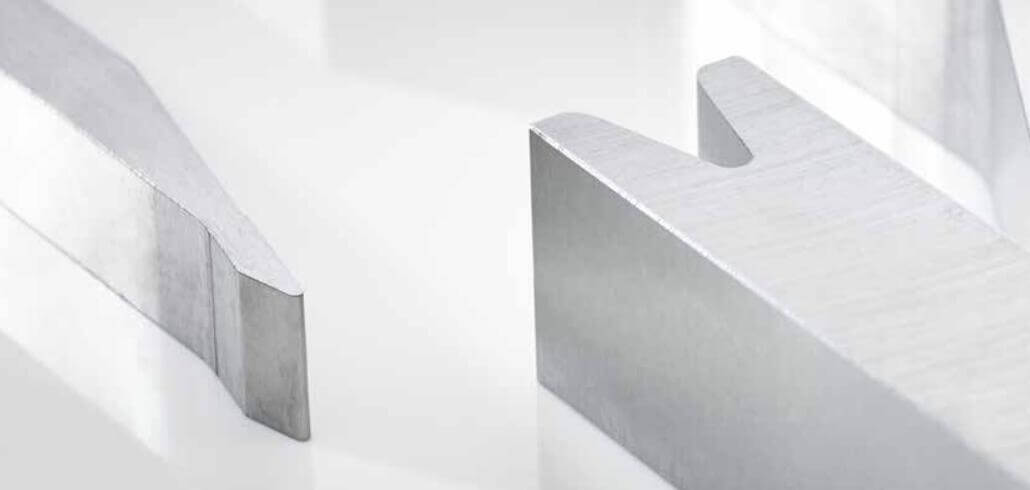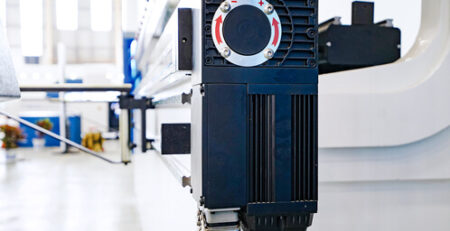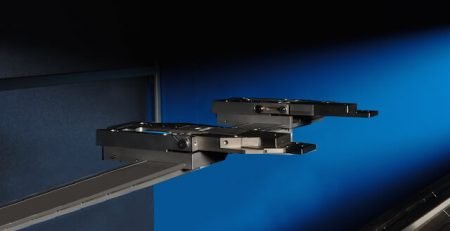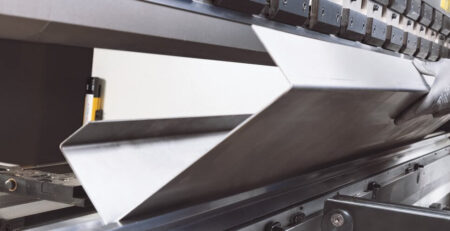What Does A Press Brake Operator Do?
Operating and programming press brakes for manufacturing parts is are important work in the sheet metal industry. In recent years, most metal companies have hired skilled press brake operators. They play an important role in manufacturing, construction, and other industries that require precise metal forming. To know more about the work content and work requirements, we will introduce this article to you.
What is a Press Brake operator?
A Press Brake Operator is a skilled technician responsible for using a press brake machine to bend sheet metal to create various shapes and components. The fabrication brake press operator requires a combination of technical knowledge, manual dexterity, attention to detail, and a commitment to safety. The role involves reading blueprints or instructions, setting up the machine, positioning the metal, and activating the brake to bend and shape the material into the desired form.
What is Press Brake operator role?
The brake and shear operator’s role includes setting up the machine, selecting the appropriate tooling, adjusting settings for the required bend, and monitoring the process to ensure precision. And the press brake operator salary depends on today’s market.
- Loading and unloading materials.
- Responsible for sheet metal bending work and accurate in machine operation techniques;
- Able to understand electrical equipment drawings and accurately select suitable molds;
- Adhere to the safety production process in the production workshop
- Carry out production work according to production standards.
Brake Press Operator job requires:
Most of brake press operator job descriptions include the Brake Press Operator’s responsibilities, duties, skills, education, qualifications, and experience.
- Brake Press operators are in charge of press brake operation and inspect the supply levels
- Check the final products to ensure they are of high quality
- Ensure optimal performance of the workflow and daily maintenance.
- Ensure CNC press brake operator training.
Press Brake Operator Duties and Responsibility
Press Brake Operators are responsible for setting up and operating the press brake and managing the machine. Details as follows:
- Safety Operation
- Workpiece Preparation
- Read drawings from designers and engineers
- Machine Settings: Program your machine to fit the design
- Quality control inspection: Measure the final product to ensure uniformity
- Perform routine maintenance

Press Brake Safety Operation
The Press brake safety operating procedure should pay attention to detail as below:
1. Before setup press brake, the press brake punch and die should be cleaned and wiped clean.
2. Select an appropriate die according to sheet metal thickness, and the V die size is generally equal to or greater than 8 times the thickness of the sheet metal.
3. The bending force of the workpiece shall be calculated based on the bending force calculation formula, and the bending force shall not exceed 1000kn
4. When bending narrow plates, the working pressure of the system should be appropriately reduced to avoid damaging the mold
5. When adjusting the slider stroke, ensure that the adjustment amount is less than 100 to avoid damaging the machine
6. Before bending, the gap between the upper and lower molds should be adjusted evenly and uniformly
7. Check the oil level in the oil tank, start the oil pump, and check if there are any abnormalities in the hydraulic pipelines and oil pump
8. The bent sheet metal should be placed in the middle of the mold, and the machine should not be loaded on one side to avoid affecting the accuracy of the workpiece and the machine. If some workpieces need to be worked on one side, the maximum loading should not exceed 250kn, and both sides must be bent simultaneously
9. When bending, do not place your hands between the molds, and do not hold narrow and small materials with your hands. Only one piece of material can be bent at a time, and it is not allowed to operate press brake machines with multiple pieces in sections at the same time.
10. After completing the homework, the oil pump should be turned off, and the power should be cut off.
11. Understanding and using press brake light curtains and laser guards.
How to Become a Press Brake Operator?
Press brake operators are vital to the manufacturing process, ensuring that metal components are bent accurately and efficiently in a safe working environment. Becoming a Press Brake Operator involves a combination of education, hands-on training, and gaining practical experience in metalworking and machine operation. Here’s a step-by-step guide to help you pursue a career as a press brake operator:
- Understand the Role and Responsibilities
- Qualifications of education with relevant computer numerical control programming knowledge
- CNC Press brake operator training (press brake operator certification) and working experiences.
- Read press brake blueprints and schematics.
- Understanding tonnage and bending force for press brakes
- Calculate bend deduction and flat pattern layout
- Guide to common press brake tooling and their uses
- Perform a quick tool change on a press brake
- Ability to maintain and repair machines in a time-sensitive environment.
Advanced Bending Techniques for an experienced press brake operator
As an advanced press brake operator, we should grasp the advanced bending skills:
- How to bend stainless steel on a press brake.
- Advanced techniques for hemming and flattening on a press brake.
- How to perform complex gooseneck bends and multi-flange parts.
- Understanding and compensating for material springback.
- The role of CNC crowning in press brake precision bending.












